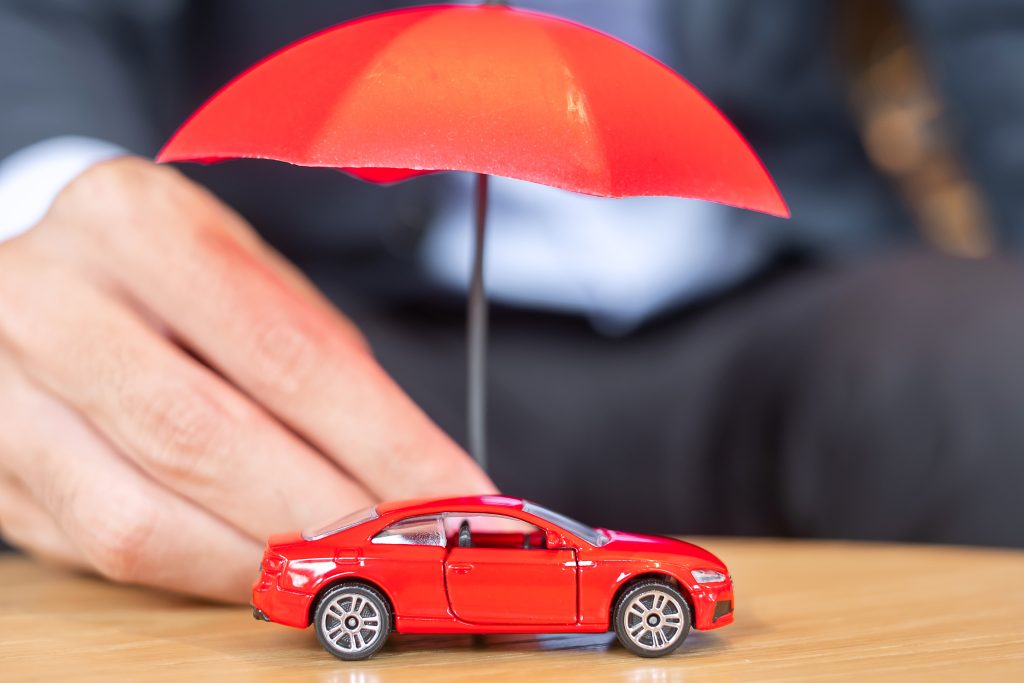
Poisoning can happen when someone swallows, inhales, touches, or injects harmful substances such as medications, chemicals, gases, or venoms. Some substances, like carbon monoxide or certain medications, become toxic only at high doses. Others, such as household cleaners, are dangerous if ingested even in small amounts. Children are especially vulnerable to poisoning, sometimes from minimal exposure.
Knowing how to respond quickly can save lives. This guide will walk you through symptoms, when to call for help, and what first aid steps to take if someone is poisoned.
When to Call for Emergency Help
Call 911 or your local emergency services immediately if the person:
-
Is drowsy, unresponsive, or unconscious
-
Is having trouble breathing or stops breathing
-
Is agitated, confused, or experiencing seizures
-
Is suspected of overdosing (accidentally or intentionally) on medication or combining substances with alcohol
If the person is stable with no symptoms, or you're unsure what to do, call Poison Help at 1-800-222-1222 (U.S.) or your local poison control center. Keep this number handy—placing a sticker or magnet on the refrigerator is a great idea.
When calling, be prepared to share:
-
The person’s age, weight, and symptoms
-
What was taken (substance name, amount, how long ago)
-
Any other medications the person is taking
-
The packaging or label of the suspected substance, if available
Common Symptoms of Poisoning
Poisoning symptoms often resemble other medical conditions, making it tricky to identify. Be on alert for:
-
Burns or redness around the mouth or lips
-
Breath smelling like chemicals (e.g., paint thinner, gasoline)
-
Vomiting or nausea
-
Difficulty breathing or wheezing
-
Drowsiness or confusion
-
Seizures or unusual behavior
Look for physical evidence: open pill bottles, scattered pills, stained clothing, or strange odors. With children, check for signs of swallowed batteries, chewed patches, or missing medications.
What To Do While Waiting for Help
Your response should depend on how the poison entered the body:
Swallowed Poison
-
Remove anything remaining in the person's mouth.
-
If a chemical or household cleaner is involved, check the label for specific first aid advice.
-
Do not give food or drink unless advised by poison control.
Poison on the Skin
-
Wear gloves and remove contaminated clothing.
-
Rinse the affected area with cool running water for at least 15–20 minutes.
Poison in the Eye
-
Gently flush the eye with clean, lukewarm water for 15–20 minutes.
-
Do not use eyedrops or chemicals unless instructed by medical personnel.
Inhaled Poison
-
Move the person to fresh air immediately.
-
Avoid breathing in fumes yourself.
-
Open windows and doors if indoors.
If Vomiting Occurs
-
Turn the person’s head to the side to prevent choking.
If the Person Stops Breathing
-
Begin CPR if you’re trained and the person has no pulse, breathing, or response.
Send all available information (medicine bottles, packages, containers) with emergency responders or to the hospital.
Special Cases of Poisoning
Button Battery Ingestion
These small, flat batteries—commonly used in watches, toys, and hearing aids—can cause severe internal burns, especially if lodged in a child’s esophagus.
-
Seek emergency care immediately.
-
An X-ray is required to determine the battery’s location.
-
Removal is critical if it’s stuck in the throat. If it has reached the stomach, it may pass naturally.
Medicated Patches
If a child may have accessed transdermal drug patches:
-
Examine the skin and inside the mouth for any stuck patches.
-
Remove any you find and monitor for symptoms.
Opioid Overdose Protocol
If someone shows signs of an opioid overdose (e.g., unresponsiveness, slowed breathing), and naloxone (Narcan) is available, administer it immediately.
-
Many doctors now prescribe Narcan to at-risk patients.
-
Family members should be trained in its use.
-
After administering, still call emergency services immediately.
What NOT To Do in Poisoning Situations
Do NOT Induce Vomiting
Syrup of ipecac, once a staple of poison response, is no longer recommended.
-
It has not been proven effective.
-
It can worsen the situation by causing choking or additional damage.
If you have old bottles of ipecac at home, safely discard them.
Final Thoughts
Poisoning can happen in seconds—but your quick, informed response can make all the difference. Whether it’s a curious child getting into medications or an accidental chemical exposure, knowing the signs and the proper steps to take can save a life.
Save this information and ensure your family knows how to contact Poison Control. Prevention is key, but when accidents happen, being prepared is essential.







.png)
.png)
.png)






.png)
.png)
.png)
.png)
.png)
.png)
.png)
.png)
.png)



.png)


.jpg)




















